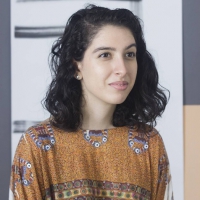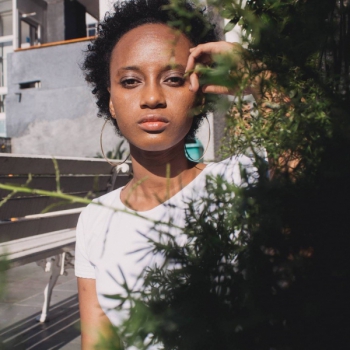
Raquel Leal Cunha Cruz Pereira

Alice Tavares Figueiredo

Daniela_Tinoco_na-correia-na-correira.png

Daniela_Tinoco_na-correia-na-correira_04.png

Daniela_Tinoco_na-correia-na-correira_03.png

Daniela_Tinoco_na-correia-na-correira_02.png

Daniela_Tinoco_na-correia-na-correira_01png.png

Daniela_Tinoco_na-correia-na-correira_02.png

Daniela_Tinoco_na-correia-na-correira_03.png

Daniela_Tinoco_na-correia-na-correira_04.png

Daniela_Tinoco_na-correia-na-correira_01png.png

Daniela_Tinoco_na-correia-na-correira_01png.png

Daniela_Tinoco_na-correia-na-correira.pdf

Daniela_Tinoco_na-correia-na-correira_02.png

Daniela_Tinoco_na-correia-na-correira_03.png

Daniela_Tinoco_na-correia-na-correira_04.png

Na Correia/ Na Correria: um experimento sobre controle e liberade dentro das narrativas interativas
Na Correia/ Na Correria é uma obra interativa baseada nos contos do livro Janela Destravada, de Carlos Meijueiro. A experiência é um passeio de bicicleta pelo centro da cidade do Rio de Janeiro e pelo subúrbio Fluminense. Na Correia/ Na Correira é uma instalação-experimento que visa promover discussões sobre liberdade e controle nas narrativas interativas, tema deste trabalho de conclusão de curso.


Screenshot 2024-03-12 at 16-06-46 Daniela de França Soares_A invisibilidade negra no design.pdf.png

Daniela de França Soares_A invisibilidade_01png.png

racismo

Daniela de França Soares_A invisibilidade negra no design.pdf

A invisibilidade negra no design: uma análise do conhecimento excludente
Esta pesquisa acadêmica busca discutir normas excludentes e opressoras presentes no ensino e prática do Design ao evidenciar o predomínio e hegemonia do pensamento de brancos e europeus neste campo de conhecimentos. O trabalho também pretende elencar alguns aspectos da história do campo que causaram e ainda contribuem para a manutenção de uma estrutura racista e excludente até os dias atuais. Para isto, foi realizado um levantamento e análise das ementas de disciplinas para identificar a procedência dos autores que compõem o currículo de um curso de design. Em seguida, foi aplicado um formulário de consulta sobre referências de design com a participação de estudantes, professores e profissionais. Ao fim, discute-se a composição do campo acadêmico do design, analisando-o criticamente quanto à sua falta de representatividade e necessidade de se introduzir os conceitos de decolonialidade, racismo estrutural e institucional.


Screenshot 2024-03-12 at 15-51-02 cotas para que te quero.png
